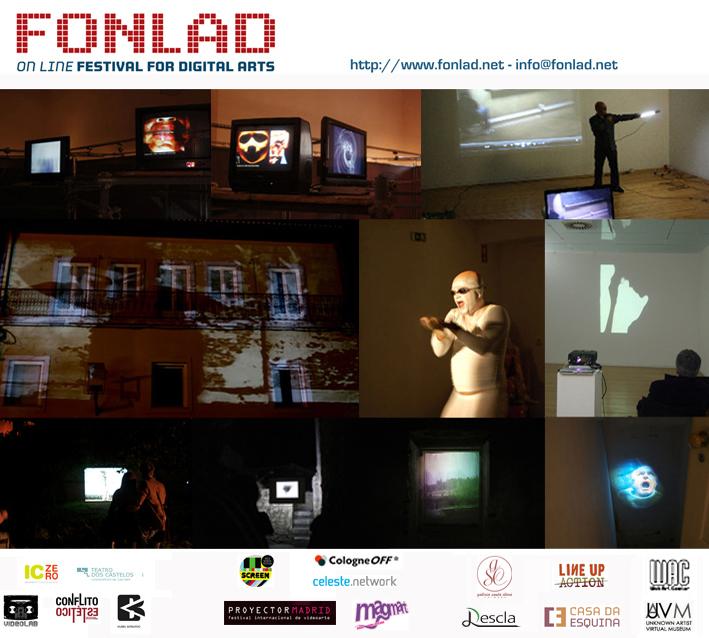The project confirmed in the last two editions the appetite for video art by contemporary artists, so this is the most significant area of ??intervention for future editions.
The format adopted for this year - with an effective appreciation of video art - reflects this trend: workshops and residences of artistic creation, video installations on unconventional spaces and screenings.
Concept / Theme
Video art emerged as an artistic medium in the late 60's. Nam June Paik, composer by formation, installed in March 63 twelve television monitors, four pianos, mechanical sound objects and tape recorders at the Parnass Galerie in Wupertal. The first exhibition in connection with this artistic genre, "Television as a creative medium" took place in 1969 at Howard Wise Gallery in New York.
Video art, itself, comes with a portable video camera, and like any other artistic medium, its form of expression changes with the changing of technology. Although during the early days of video art, the images were presented on a monitor directly, quickly and accurately artists projected video art in the form of installations, using a large number of monitors.
Technological innovations continuously transform the hardware, and if in the beginnig, it needed a portable camera and a tape recorder, nowadays it’s possible to create and modify recordings entirely by computer. The amount of data available in the network provides an inexhaustible source of material for use and processing. Their visualization possibilities are enormous and almost indeterminable, ranging from Times Square monitors to mobile phones. The video is like a mixture that can take many forms.
The body as an artistic concept suffers from the late 50's a release in various directions. While some works the idea of ??unification of art and life (John Cage, Joseph Beuyes, Fluxus), other performance artists develop a design regardless of causality, consider the human body as an aesthetic material, a projection surface and indicator of mental states. The video as a technician medium becomes a constructive element of the action: the recording, such as the transmission of data on a monitor, enable dematerialization of the real body and its radiance in new images (Vito Acconci, Bruce Nauman).
(References: Sylvia Martin, Video Art, Taschen, 2006; Christianne Paul, Digital Art, Thames & Hudson, 2008, Frank Popper, Art of the Electronic Age, Thames & Hudson, 1997).
The FONLAD Festival, in its 8th edition aims to celebrate Nam June Paik, Vito Acconci and Bruce Nauman, proposing as global theme "Performing Acts". It seeks to present a body of work that has at its core the record of performances (artistic or not), the body in its many cultural meanings and poses, the registration of events / actions, works that have as a theme or center, the body , their move(s), desire(s), anxietie(s), either in the form of video art, video performances, photography or web art.
Submissions: http://www.fonlad.net/english/fonlad12/regulations.html
Dead line: 31 March 2012







Comments 2
Say something